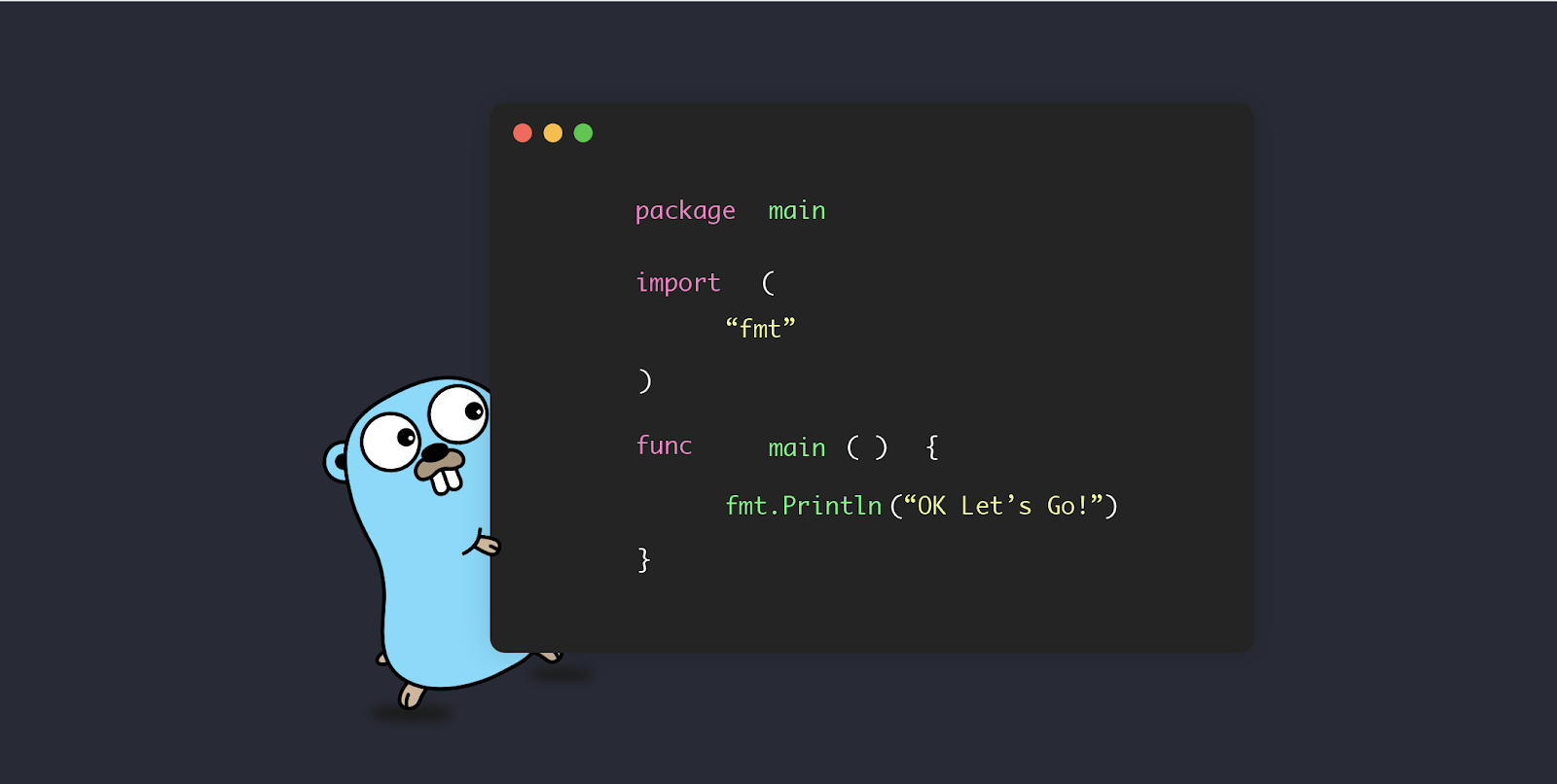Structs are a fundamental composite data type in the Go programming language, often referred to as Golang. They enable you to group together related data fields under a single custom data type. In this blog, we'll delve into the world of structs in Go, covering their definition, initialization, methods, embedding, use cases, and best practices. Whether you're new to Go or looking to deepen your understanding of structs, this guide will help you master this essential concept.
What Are Structs?
A struct, short for "structure," is a composite data type in Go that allows you to create custom data structures by combining variables of different types. Each variable inside a struct is referred to as a "field" and is associated with a specific name and data type.
Declaring and Initializing Structs
In Go, you declare a struct using the type keyword followed by the struct's name and a pair of curly braces containing the field definitions.
Here's a basic example of defining a Person struct with name and age fields:
type Person struct {
name string
age int
}To create a new instance of the Person struct and initialize its fields, you can use the following syntax:
// Creating a new Person instance and initializing its fields
person := Person{
name: "Alice",
age: 30,
}Alternatively, you can omit the field names and provide values in the same order as they are declared in the struct:
// Creating a new Person instance without field names
person := Person{"Bob", 25}Accessing Struct Fields
You can access the fields of a struct using dot notation. For example, to access the name field of a Person struct, you can use person.name.
fmt.Println("Name:", person.name) // Output: Name: BobStruct Methods
Go supports attaching methods to user-defined types, including structs. You can define methods for a struct by declaring a function with a receiver of the struct type.
Here's an example of a Person struct with a greet method:
type Person struct {
name string
age int
}
// Define a method for the Person struct
func (p Person) greet() {
fmt.Printf("Hello, my name is %s and I am %d years old.\n", p.name, p.age)
}
func main() {
person := Person{"Alice", 30}
person.greet() // Calling the greet method
}Struct methods allow you to encapsulate behavior associated with a specific struct type.
Struct Embedding
Go supports a form of inheritance and code reuse through a feature called struct embedding. This allows you to embed one struct within another, creating a new struct that inherits the fields and methods of the embedded struct.
Here's an example of struct embedding:
type Contact struct {
email string
phone string
}
type Person struct {
name string
age int
Contact // Embedding the Contact struct
}
func main() {
person := Person{
name: "Alice",
age: 30,
Contact: Contact{
email: "alice@example.com",
phone: "123-456-7890",
},
}
fmt.Println("Name:", person.name)
fmt.Println("Email:", person.email) // Accessing an embedded field
fmt.Println("Phone:", person.phone) // Accessing an embedded field
}In this example, the Person struct embeds the Contact struct, allowing it to access the fields and methods of Contact.
Use Cases for Structs
Structs are versatile and find use in various scenarios, including:
-
Data Structures: Structs are used to define data structures like linked lists, trees, and graphs.
-
Configuration Objects: They are employed to represent configuration settings for applications or services.
-
API Responses: Structs are used to unmarshal and work with JSON or XML API responses.
-
Database Records: Structs are used to represent rows in a database table, making it easier to interact with databases.
-
Web Forms: They can be used to manage form data in web applications.
Best Practices
To make the most of structs in Go, consider the following best practices:
-
Use Meaningful Field Names: Choose descriptive field names that make the purpose of each field clear.
-
Organize Related Fields: Group related fields together in the struct definition to improve code readability.
-
Favor Methods Over Functions: When defining behavior associated with a struct, use methods over standalone functions for encapsulation.
-
Avoid Large Structs: Keep structs small and focused on a specific responsibility to enhance code maintainability.
-
Document Your Structs: Provide comments or documentation for your struct types to explain their purpose and usage.
-
Use Struct Embedding Sparingly: While struct embedding can be powerful, avoid excessive nesting to prevent complexity and maintainability issues.
Conclusion
Structs are a foundational concept in Go that enable you to create custom data types by combining fields of different types. By understanding how to define, initialize, and use structs effectively, you can build data structures, represent real-world entities, and encapsulate behavior in a clean and organized manner. Whether you're building web applications, data processing pipelines, or system utilities, structs are an indispensable tool in your Go developer toolkit.
